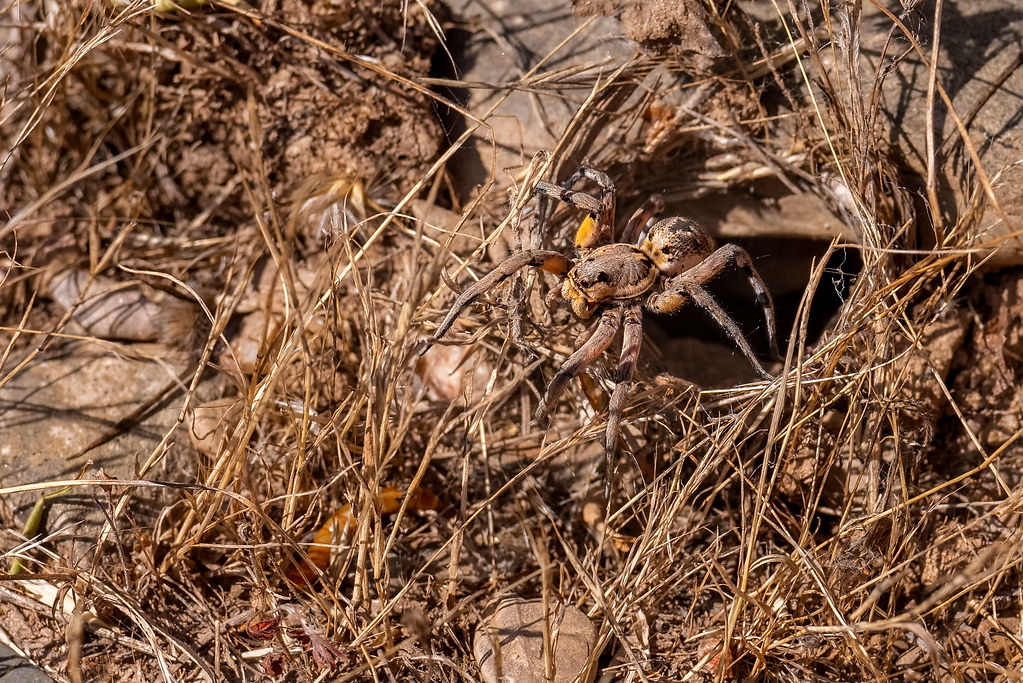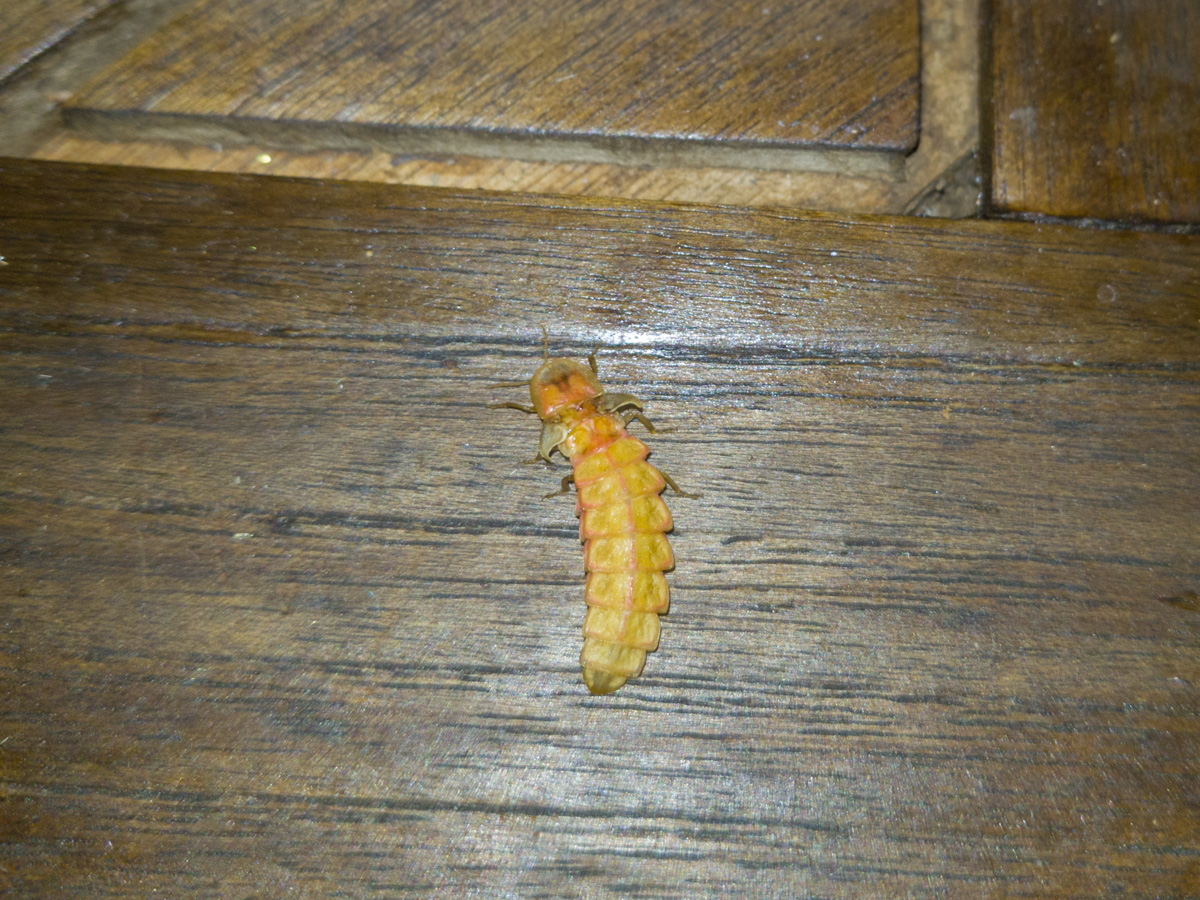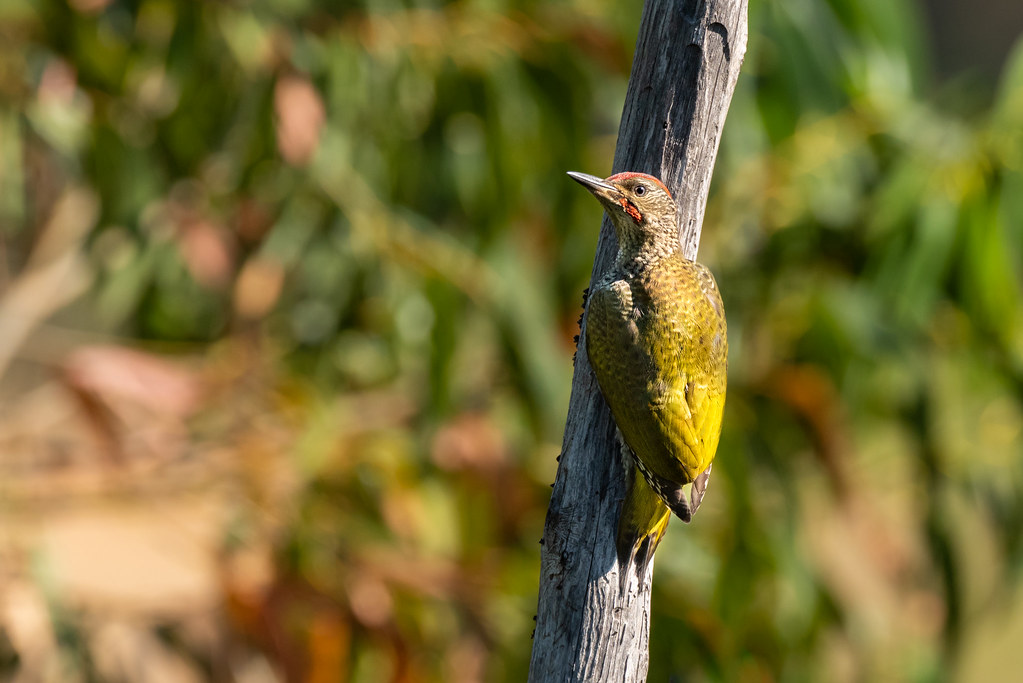Whilst walking Wally (the dog) this morning, our local Tarantula Wolf Spider (Lycosa tarantula) was out of her nest either feeding on the many flies and ants the rain has brought out or she was making home improvements to her burrow opening.
As soon as she saw me she darted into the nest so I set my mobile (Samsung Galaxy S8+) up outside her burrow and left it there while I wandered along to the river. About 10 minutes later I returned to witness her dart into the burrow again.
This is the video the phone captured. You can clearly see the babies moving around on her back. They are getting quite large now and some have even started to wander around the outside of the burrow and even leave on their own life adventures. Who knows, maybe she’s outside trying to get them to pluck up the courage to leave. You’ll notice she has quite a nice garden and lawn growing now due to the recent rain.
{Remember to watch in HD if possible}Continue reading >>


